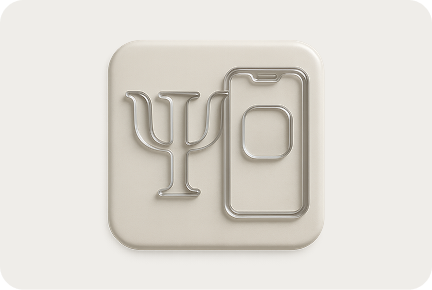Have you ever wondered why you react the way you do in relationships? Maybe you pull away when things get too close. Or maybe you cling tightly when you’re afraid someone might leave. These patterns might not be random — they could be connected to your attachment style.
Attachment theory, originally developed in childhood psychology, explains how our early experiences with caregivers shape the way we connect to others in adulthood. There are four main attachment styles: secure, anxious, avoidant, and fearful-avoidant (disorganized).
People with a secure attachment style generally feel comfortable with intimacy and independence. They trust easily, communicate clearly, and are able to handle conflict in healthy ways.
Those with an anxious attachment style may crave closeness but constantly fear abandonment. They often need a lot of reassurance and may feel emotionally overwhelmed during conflict.
Avoidant individuals tend to pull away from emotional closeness. They value independence and might struggle to open up or depend on others, often feeling smothered by too much intimacy.
Fearful-avoidant (disorganized) types often want connection but are also deeply afraid of it. They might swing between clingy and distant, and often carry unresolved trauma or emotional wounds.
Understanding your attachment style is a powerful first step toward healthier relationships. You start to recognize your triggers, your needs, and your patterns. More importantly, you learn how to communicate them.
Can you change your attachment style? Yes — but it takes self-awareness, intentional growth, and often support from therapy or healthy partners. We become secure not by being perfect, but by being safe, honest, and consistent over time.
You’re not broken. You’re just human. And your attachment style is not your destiny — it’s a roadmap to deeper healing and connection.


